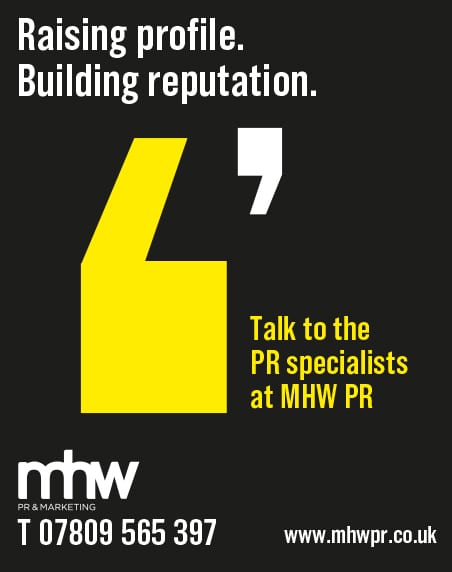Do you design, manufacture or sell a product? Muckle LLP litigation solicitor Ailsa Charlton shares some fresh insight on copyright law that has implications for many businesses.
Isn’t it frustrating when your ideas are copied? It is often difficult to prove and, as well as being annoying, it can cost your business revenue or devalue your brand. It is also why copyright law exists, but even with that real and present deterrent, it can be a grey area that makes it challenging to stop others from mimicking your creative work.
When does copyright apply?
For copyright law to apply in the UK, a piece of work must fall within one of the categories outlined in the Copyright, Designs and Patents Act 1988 (Copyright Act). These are:
– Original literary, dramatic, musical or artistic works
-Sound recordings, films or broadcasts The typographical arrangement of published editions
An ‘artistic work’ is defined as:
-A graphic, photograph, sculpture or collage, irrespective of artistic quality
-A work of architecture being a building or a model for a building
-A work of artistic craftsmanship
Design and style ideas are copied in the fashion industry all the time. It is how fashion trends develop and drawing a line between inspiration and imitation, based on the above guidelines, is never easy.
Yet a recent case has legal implications for all businesses involved in creating, manufacturing or selling a product.
That looks familiar!
In the recent decision of Response Clothing v The Edinburgh Woollen Mill, the Intellectual Property Enterprise Court has found that a textile can be a work of artistic craftsmanship and protected by copyright.
Edinburgh Woollen Mill is a well known clothing retailer with stores throughout the UK. Response Clothing specialises in the design and marketing of clothing products. Response Clothing provided Edinburgh Woollen Mill with ladies’ tops made of a jacquard fabric with a design referred to in the case as a ‘wave arrangement’. Response attempted to raise the price of the tops, but Edinburgh Woollen Mill rejected the price increase and sought alternative suppliers.
A number of other companies supplied Edinburgh Woollen Mill with clothing made from jacquard fabric and court proceedings followed. Response Clothing claimed that copyright existed in the ‘wave arrangement’ and that the garments supplied by the new suppliers were infringing copies which amounted to primary and secondary copyright infringement.
New developments in copyright law
The judge found that the ‘wave arrangement’ was a ‘work of artistic craftsmanship’ for the purposes of the Copyright Act. They also decided that it is possible for an author to make a work of artistic craftsmanship using a machine.
According to the judge, aesthetic appeal can cause the work to appeal to potential customers and a work was not precluded from being a work of artistic craftsmanship solely because multiple copies of it were subsequently made and marketed.
Ultimately, the judge deemed the fabric to be a work of artistic craftsmanship and therefore capable of copyright protection. They also ruled that the similarities between the fabric created by the new suppliers and Response Clothing’s fabric were sufficient to infer that copying had taken place.
While the new suppliers’ fabric was not identical to Response Clothing’s, the judge found that a substantial part had been copied.
Lessons learned
This case in an interesting development in the law regarding what is required for a work to qualify as artistic craftsmanship.
Retailers will need to take extra care in sourcing their fabrics and in their design document records. It seems likely that there will be further disputes in this area as fashion designers are likely to look to seek to rely on this judgment in the protection of their rights in the future.


